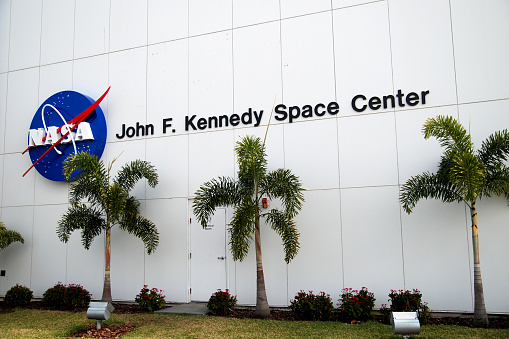The MLP (Mobile Launch Platform) has been readied at NASA’s Kennedy Space Center. Rolled out on NASA’s crawler-transporter, the 380-foot tall MLP is slated to carry the Orion Spacecraft and SLS (Space Launch System) rocket. The MLP will be moved to the High Bay 3 in the Vehicle Assembly Building. The 6.8-kilometer crawl of the MLP took about 10 hours. The MLP will be subject to a couple of weeks of testing at the Launch Complex 39B. A wet dress rehearsal and pre-launch activities will also be scheduled.
One of the first activities would involve high-pressure washing down of the platform to dislodge any leftover construction debris from hard-to-reach areas. The hoses from the fire suppression system at the launch pad will be employed for this purpose. All the launch-related activities will be validated and a countdown demonstration will be conducted.
This MLP was originally built for the Constellation Program of NASA. It was repurposed to suit the SLS program. The MLP’s Crawler Transporter 2 was also modified for the rocket launch. The MLO has a double-story base that carries launch accessories and umbilicals.
These launch accessories will provide communications, coolant, power, fuel, and stabilization to the Orion and SLS before launch. There is a walkaway that can be used to move equipment and people into the module before the launch.
Artemis Moon Mission
This Artemis 1 lunar mission is scheduled for the end of 2021. The Artemis lunar mission will land the first woman on the moon in a few years. The Artemis 1 test flight will encompass the important systems as well as the heat shield of the crew capsule. The second version of Artemis will carry the humans around the moon and back.
Artemis 2 is slated for the end of 2022. Towards that purpose, the testing of the spacecraft and the rocket has to be thoroughly conducted. It is intended to be NASA’s comprehensive service for lunar orbit missions. The mission control centers will track and see the spacecraft’s journey through space.
Named after its twin Apollo, the mission Artemis is slated to be similar in a sense to Apollo. But the biggest differences are that the astronauts will be making a more extended and rather sustainable presence in space. The astronauts will receive resources to aid their extended stay in space. This is an attempt to rectify the underrepresentation of women in space.
